As its Gaza campaign cools, Israel’s attention is returning northwards. Approximately 60,000 Israelis from northern communities are still refugees. A reckoning between Israel and the Lebanese terror group Hezbollah appears to be only a matter of time. Two significant strikes this week suggest that Israel is preparing for a potentially imminent major confrontation, and broadening the scope of its operations on the northern front.
In the first attack, according to reports in Syrian state media, Israeli aircraft hit targets in the Hama area in western Syria on the night of September 7-8. Eighteen people were reported killed, and over forty-three wounded. The Syrian Observatory for Human Rights (SOHR), an opposition-linked website with a network of informants on the ground in Syria, reported that “thirteen violent explosions were heard in the scientific research area in Masyaf, west of Hama. Two Israeli missiles also fell on two sites in the al-Zawi area in the Masyaf countryside, causing fires in them. The Israeli missiles targeted a site on the Masyaf-Wadi al-Oyoun road, and another site in the Hayr Abbas area.” The “scientific research center” referred to here is the Scientific Studies and Research Center (SSRC) — sometimes also referred to as “CERS” — located west of Hama city.
Then, on Wednesday, Israeli aircraft struck thirty targets in southern Lebanon, including Hezbollah rocket launchers and infrastructure used to launch daily attacks on targets in northern Israel. A drone strike in the Qaraoun area deep in the Beqaa Valley in eastern Lebanon on the same day killed Muhammad Qassem al-Shaer, a veteran commander in Hezbollah’s elite Radwan Force. The Israeli strikes came in response to a wave of Hezbollah rocket-laden drone and rocket attacks on targets in Israel’s north on Monday.
So what do we know about the targets? And what do these attacks imply?
The SSRC in Hama is a large complex containing a number of institutes carrying out scientific research and manufacturing in fields related to military industries. Credible sources in Syria have informed this author that one of the institutes at the site, called “Institute 6000” (formerly known as Branch 3000), is tasked with the development of chemical weapons. There is a considerable presence of non-Syrian citizens at the site, including Iranian and North Korean personnel.
But while the SSRC is best known for its chemical weapons research, there are additional institutes at the site devoted to developing other areas of military technology. Among these are facilities focussing on the development and storage of short-range missiles. One of these facilities, rather than the chemical weapons sites, appears to have been targeted by Israel this week.
According to an article for Ynet by Ron Ben-Yishai, a well connected Israeli writer on defense matters, Iranian personnel are producing and storing precision-guided munitions at the SSRC site, for use by Lebanese Hezbollah against Israel. The missiles being stored are of the Fateh-110 model.
Israel has long been targeting convoys heading from Iran across Iraq and Syria to Hezbollah in Lebanon. The local production of missiles and their storage close to the Syria-Lebanon border is one of the ways that Iran seeks to supply its Lebanese proxy while avoiding the risk of its convoys being targeted by Israeli aircraft.
The direct purpose of the raid, of course, was the destruction of the facilities and materials targeted. But Israel also appeared to be delivering a message to the Syrian regime that it should not imagine itself to be immune should it choose to continue its involvement with the Iran-led axis’s current campaign against Israel.
Similarly, the killing of al-Shaer indicated that Israel is no longer limiting its response to Hezbollah attacks to the border area. Rather, Hezbollah operatives in Israel’s crosshairs are now considered fair game wherever they may be located in Lebanon.
Al-Shaer was a well-known veteran commander in Radwan — Hezbollah’s elite force. A statement issued by the IDF spokesman’s office after the killing described al-Shaer as having “advanced many terrorist activities against the state of Israel. This elimination constitutes an additional blow against the ability of the Hezbollah terror organization to advance and carry out terrorist operations from southern Lebanon against the Israeli home front on the northern border.”
Speaking to IDF combat troops taking part in an exercise simulating a major operation in the north, Israeli defense minister Yoav Gallant said on Wednesday:
The center of gravity is moving to the north. We are nearing the completion of our missions in the south, but we have a task here that has not been carried out, and this mission is to change the security situation and return the residents to their homes.
These instructions you are waiting for, I gave in the south and saw the forces at work will come here as well and you should be prepared and ready to carry out this mission. We are finishing training the entire order of battle for a ground operation [in Lebanon], in all its aspects.
The SSRC raid and the killing of al-Shaer are unlikely to have been one-off events. Rather, they represent the systematic broadening of the parameters of the conflict in the north. Hezbollah commenced the current round of fighting on October 8, in support of Hamas in Gaza. It has vowed to stop firing only when a ceasefire is reached in the south — a prospect which currently seems distant.
From an Israeli point of view, the October 7 attacks led to the conviction that the two Iran-supported Islamist enclaves on Israel’s borders must be destroyed. The effort to remove the Hamas enclave in Gaza is ongoing and is now in its second phase. Hamas as an organized military entity appears to be close to collapse. Hezbollah, however, with Iran behind it and allied to Assad’s Syria, is a vastly more challenging prospect. Further escalation seems likely.
This article was originally published on The Spectator’s UK website.



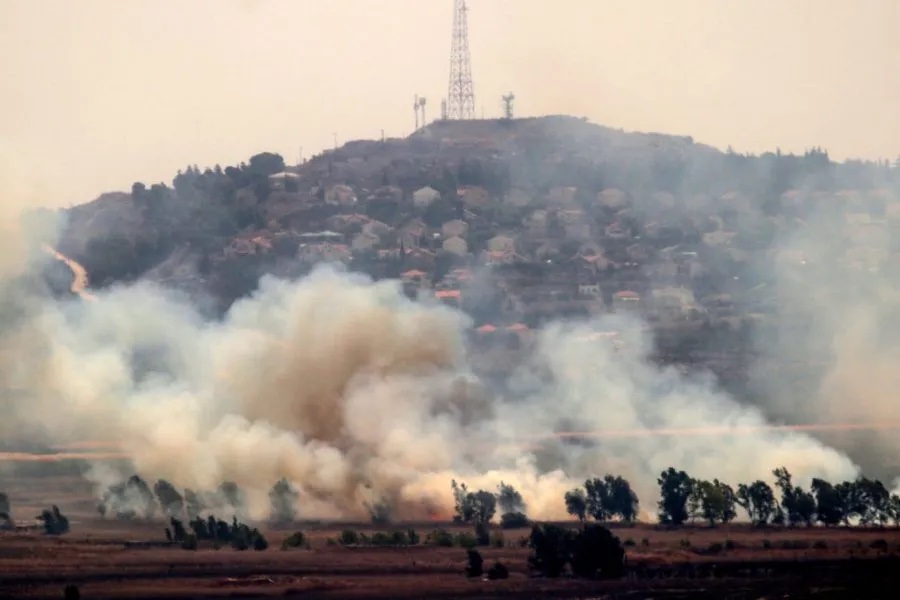







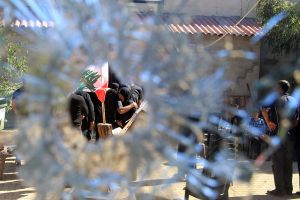

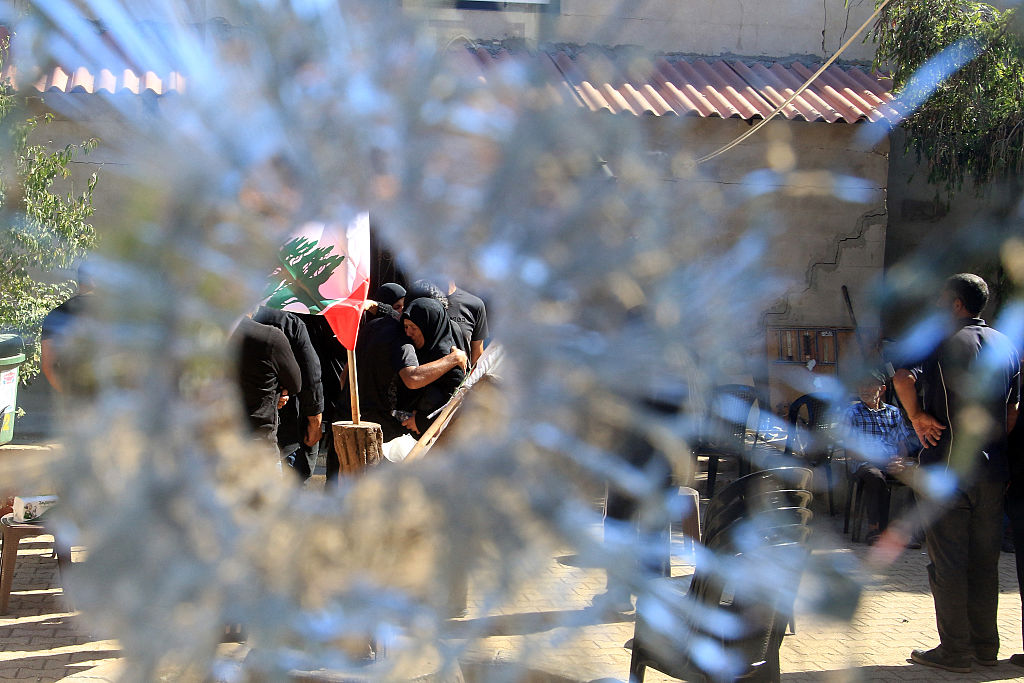
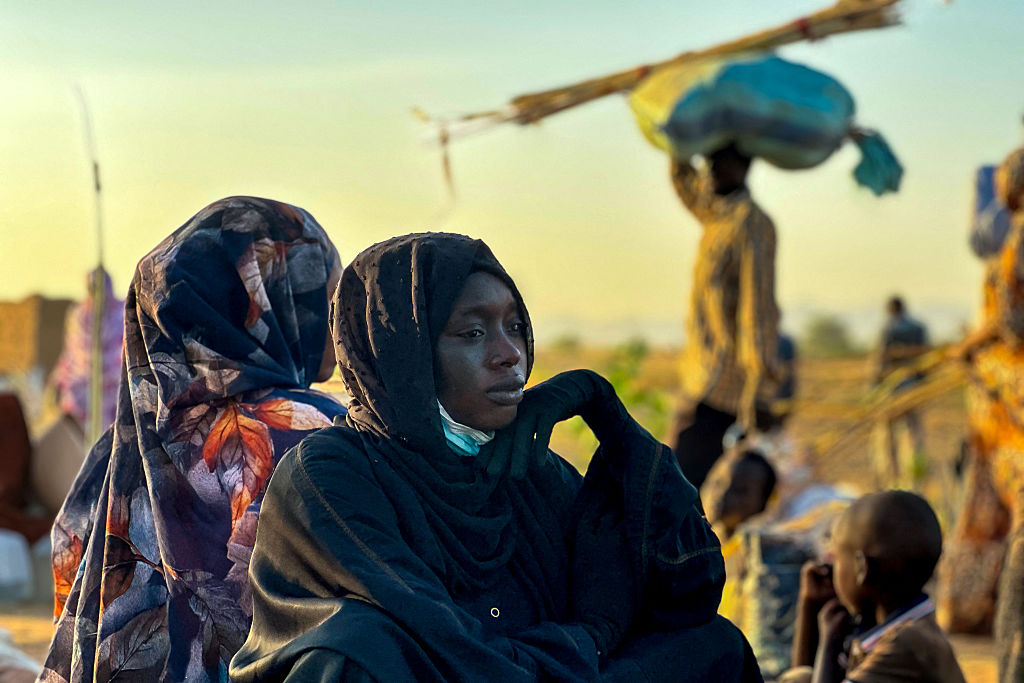
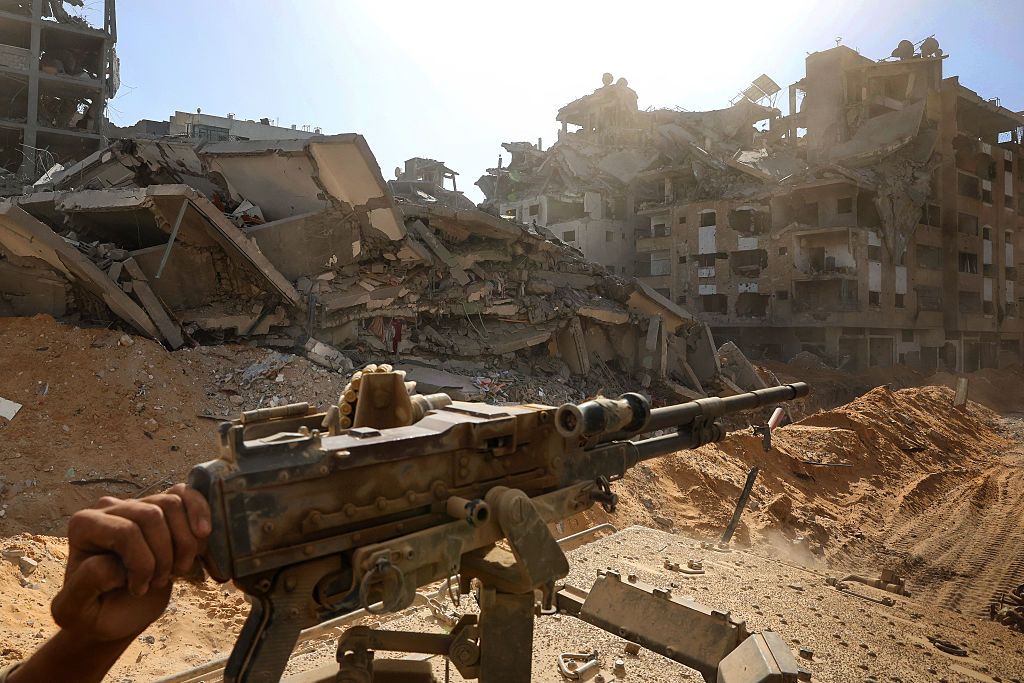

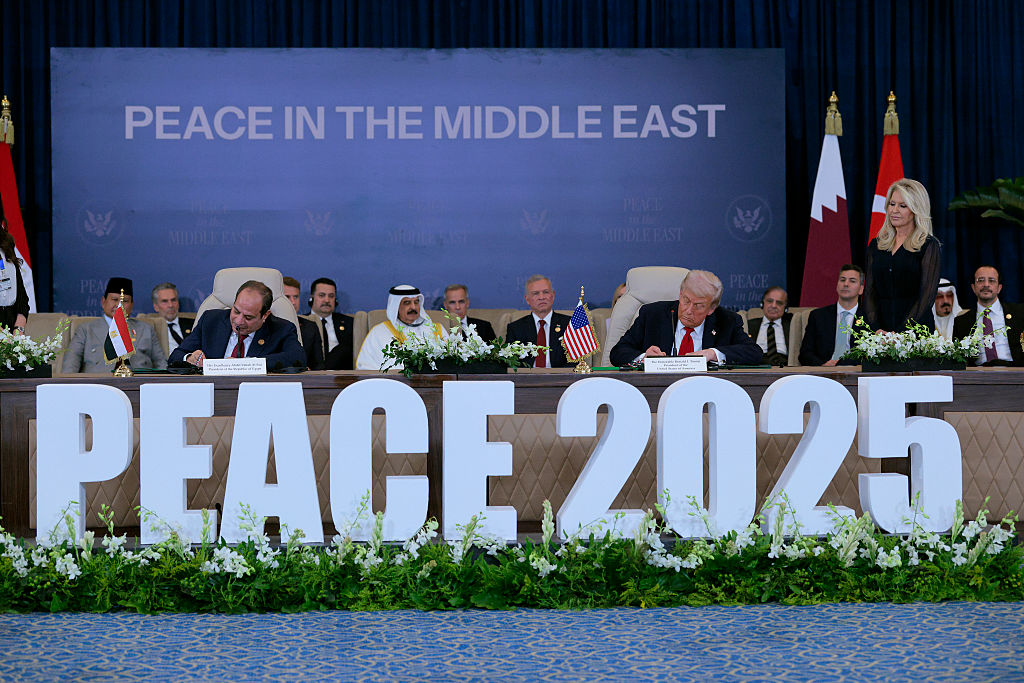








Leave a Reply